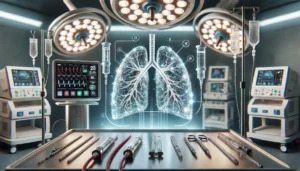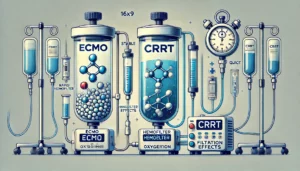
Enhancing Lung Transplantation with ECMO: A Comprehensive Review of Mechanisms, Outcomes, and Future Considerations
Lung transplantation (LTx) is a transformative solution for patients with end-stage lung disease, but it comes with significant challenges, including limited donor availability and severe post-operative complications. This review focuses on the role of Extracorporeal Membrane Oxygenation (ECMO) in overcoming these hurdles and improving patient outcomes across all phases of the transplant process.
ECMO, initially developed for cardiac surgery, has become an essential tool in lung transplantation, particularly for its ability to provide cardiopulmonary support. Its applications span the preoperative, intraoperative, and postoperative stages, making it integral to modern LTx practices.



